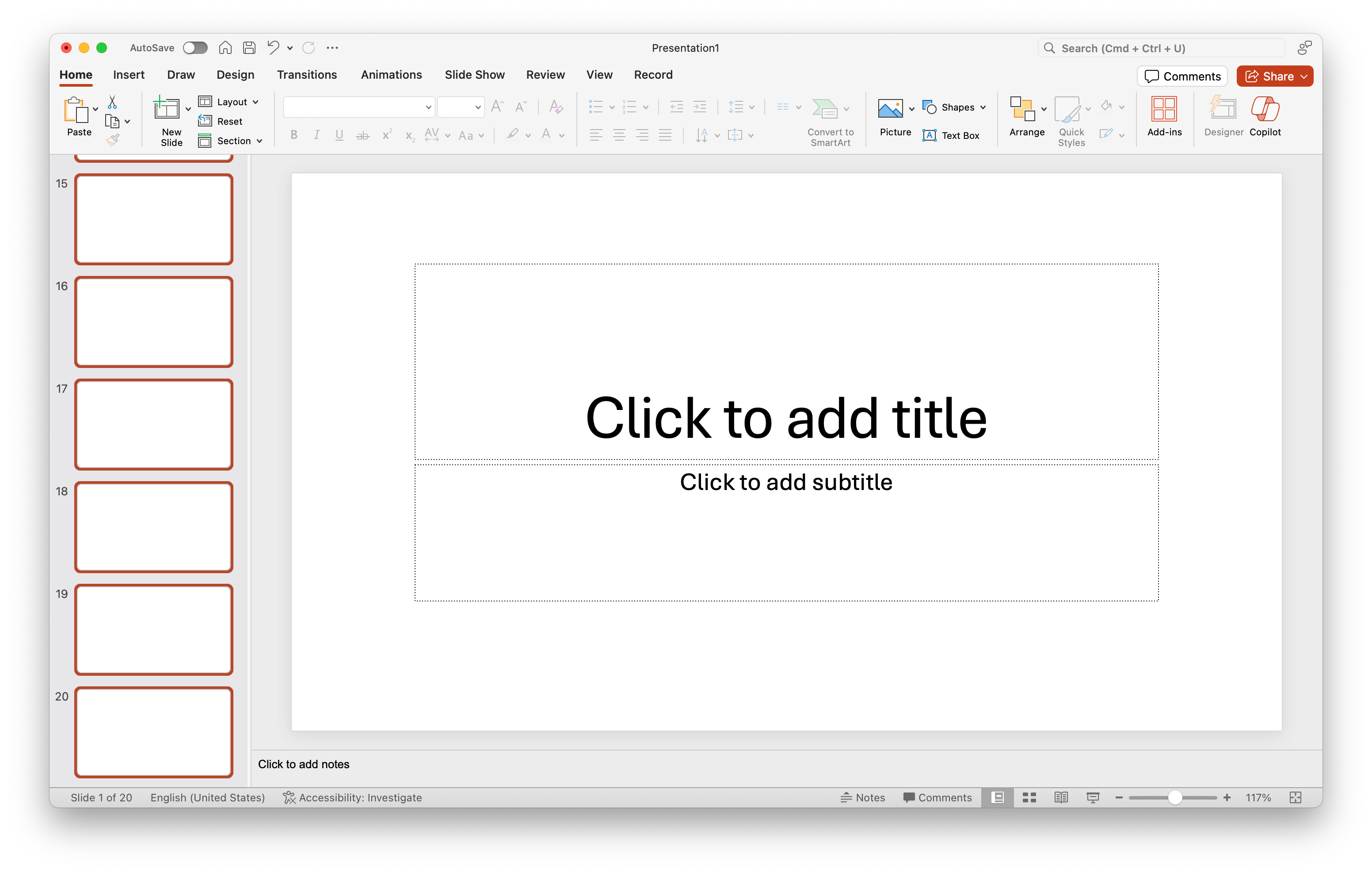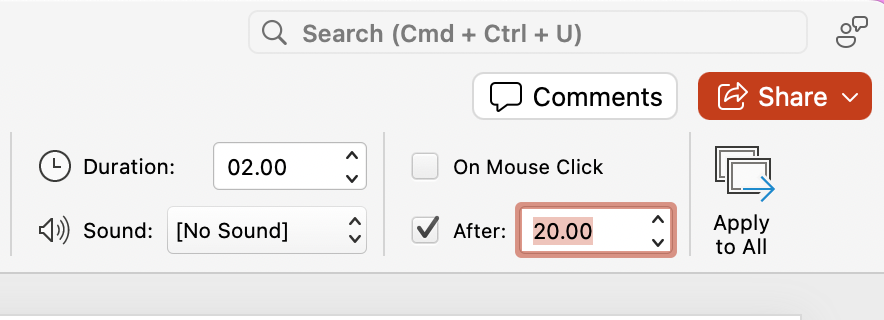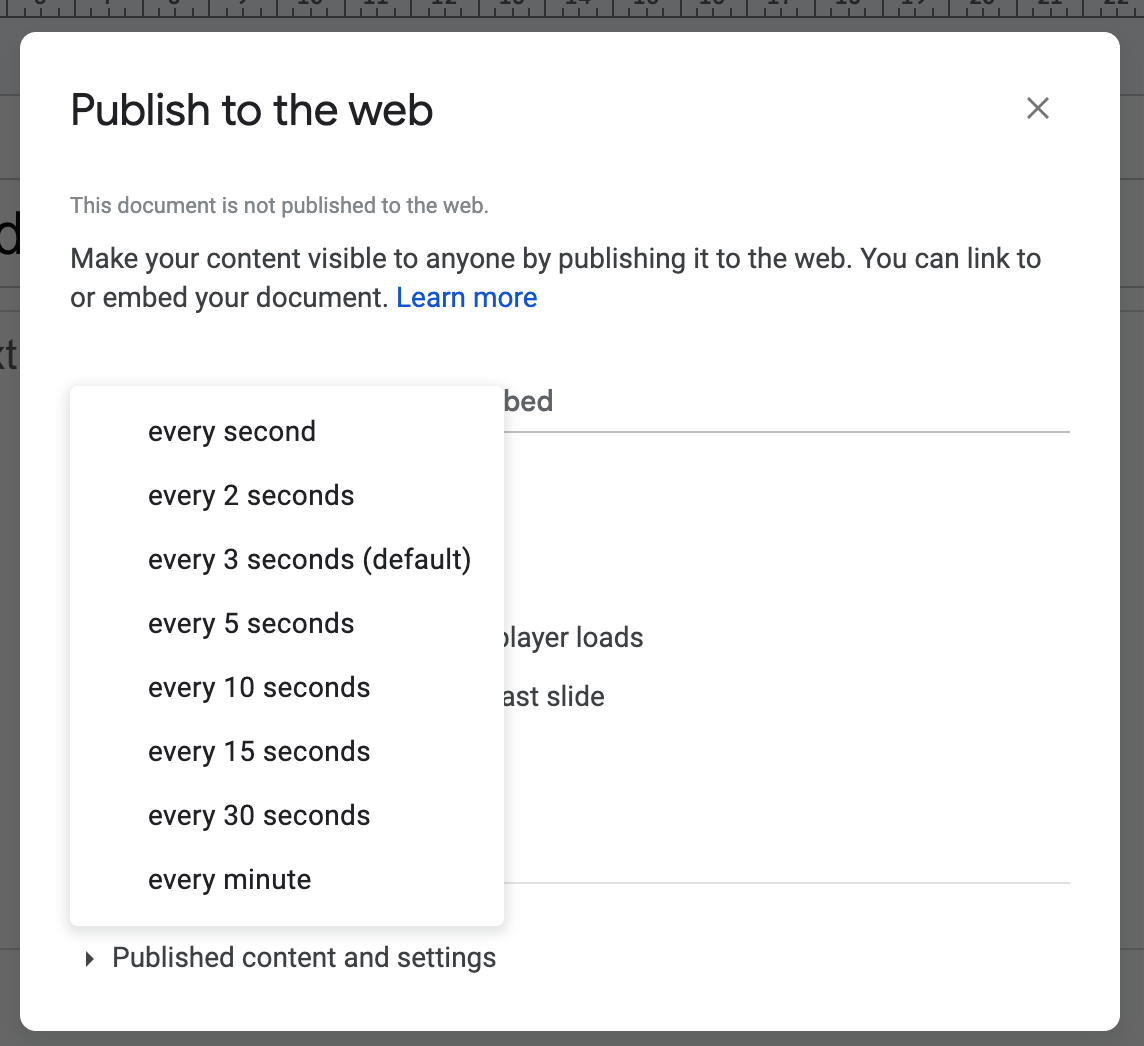Key Takeaways
- PechaKucha is a 20-slide, 20-second format for concise presentations.
- It forces presenters to focus on essential information and encourages audience engagement.
- Not suitable for presentations requiring extensive data or deep dives, but it can be adapted for longer presentations.
As a veteran of many conferences, meetings, lectures, and any other place I had to stand next to a projector and explain something to a group of people. I’ve tried it all. However, of all the presentation formats I’ve attempted, none have been as useful or as effective as the PechaKucha.
What Is a PechaKucha?
Coming from the Japanese word for “chit-chat”, PechaKuchas are short presentations that consist of 20 slides that last 20 seconds each. So the total length of a PechaKucha is only 400 seconds. While there are special PechaKucha events at conferences where everyone is doing the same format, nothing stops you from using the PechaKucha format for any presentation you want to do, assuming that the topic will work with this format.
Why PechaKuchas Work So Well
The PechaKucha format is one of my favorites for a number of reasons. It forces you to chunk your topic into at most 20 pieces, so you never get into the trap of having dozens or hundreds of slides.
Since you can only comment on a given slide for 20 seconds, you have to be judicious about what you say. Each chunk of your topic has to be something simple enough to say in 20 seconds, and your audience need to understand it immediately too, since the next slide is coming.
Using the PechaKucha template also limits how long it can take to prepare a presentation, and if you’re someone who has to do them all the time, that can be a major time saver. Perhaps most importantly, I personally prefer to give most of my presentation slot time to questions and answers. So I present the most essential information in the first 400 seconds of the slot, and then spend the rest of the time taking audience questions to make sure they get the information they specifically came for.
PechaKucha is just a format, so you may have different reasons why it works for you (or not), but you’ll have to experiment with fitting your presentation content into the template.
Setting Up a PechaKucha Presentation
It’s quite easy to set up a PechaKucha, since it’s just 20 slides lasting 20 seconds each. The tricky part is the 20-seconds bit, because there are different approaches to it. If you are participating in a formal PechaKucha session, then there will usually be an on-stage timer showing you how much of the 400 seconds you have left. Which means you can manually advance your slides and you’ll be OK as long as all 20 are done before the timer runs out.
You can also use your own timer, but in most cases you’ll want the presentation to advance automatically every 20 seconds. Which means building that timer into your presentation.
In PowerPoint, you simply select all 20 of your slides.
Then change to the “Transitions” tab, uncheck “On Mouse Click”, and then check “After” and set it to 20 seconds.
Now, when you present, the slides should advance automatically after 20 seconds.
If you like using Google Slides instead, then unfortunately you can’t set slides to 20-second intervals. If you go to File>Share>Publish to the web, then none of the increments available are for 20 seconds.
However, if you download your Slides presentation as a PowerPoint file, you can just use the above method.
When Not to Use the PechaKucha Format
While I personally love PechaKucha as an approach to creating presentations, it’s obviously not suitable for every type of presentation. Any presentation that requires the audience to process lots of information can’t work, for example. If you absolutely need a bunch of graphs and tables, then do a traditional presentation.
Likewise, if you need to present lots of concepts, or do a very deep dive, a PechaKucha probably won’t work well for you. That being said, nothing stops you from doing a series of PechaKucha-inspired slides that run for longer than 20 slides. It’s still worth preserving some of that PechaKucha philosophy in your individual slides if you can’t use it with your overall length.
Finally, my main tip for anyone making a PechaKucha is to avoid text on your slides as much as possible. Make each slide an illustration, and let you spoken script fill in the blanks for the audience. Dense slides with lots of text are bad even in a regular presentation, but they are anathema for a PechaKucha.







